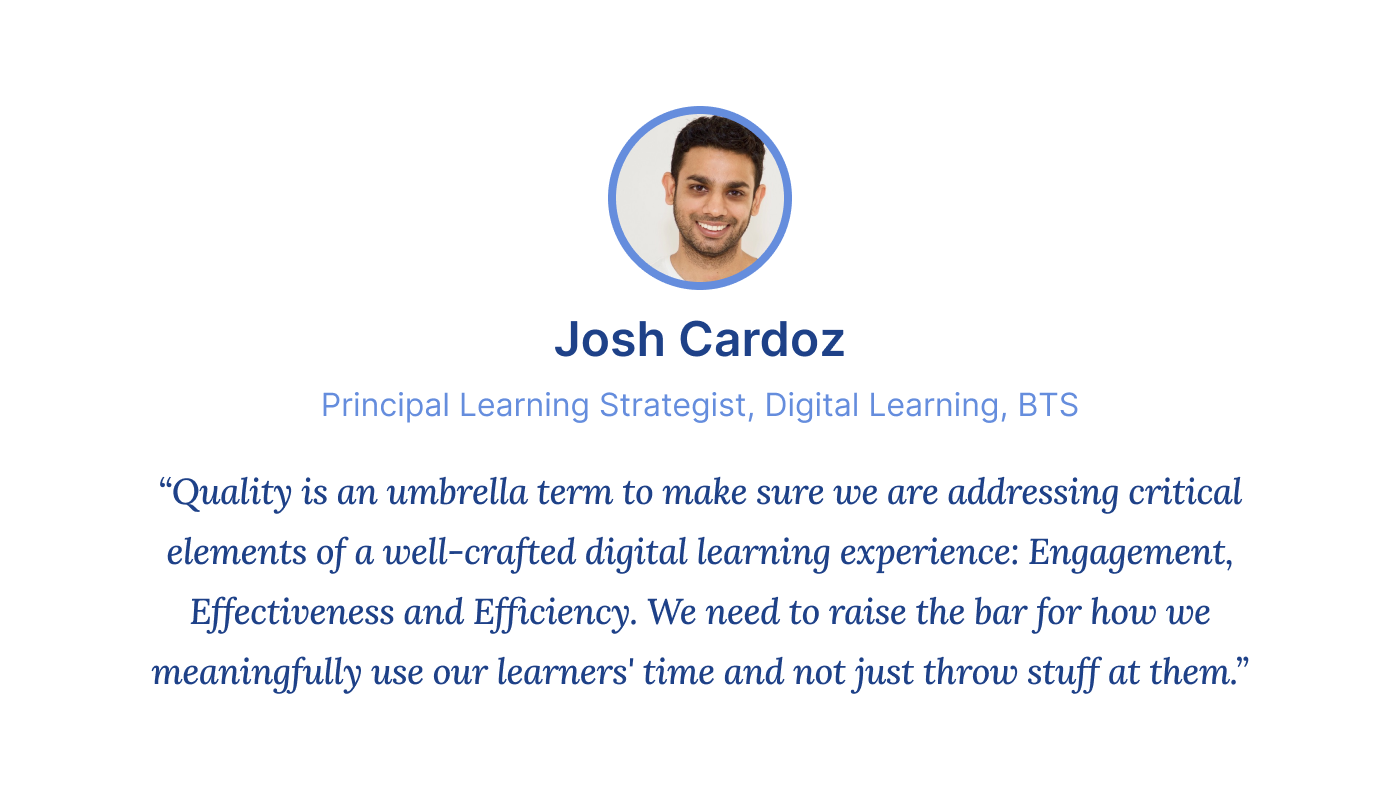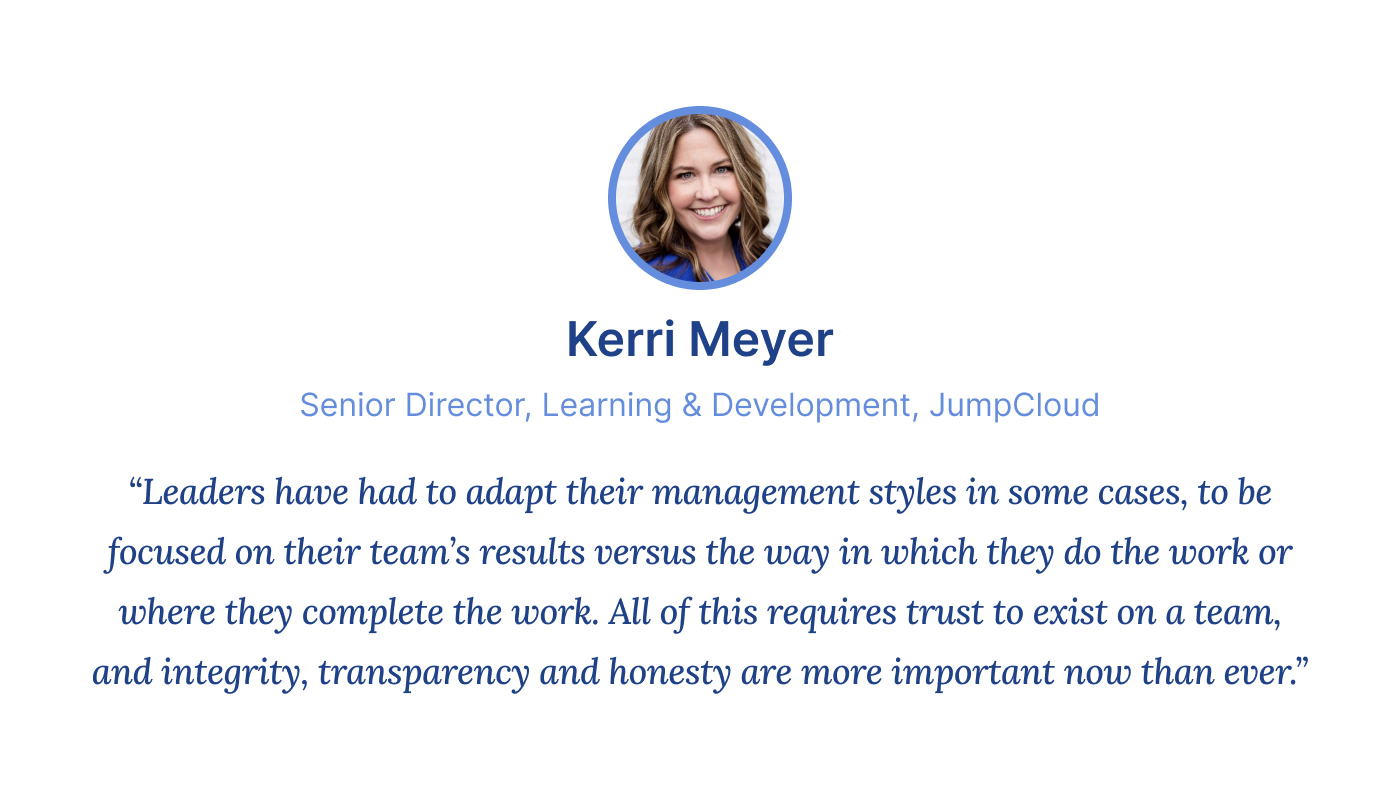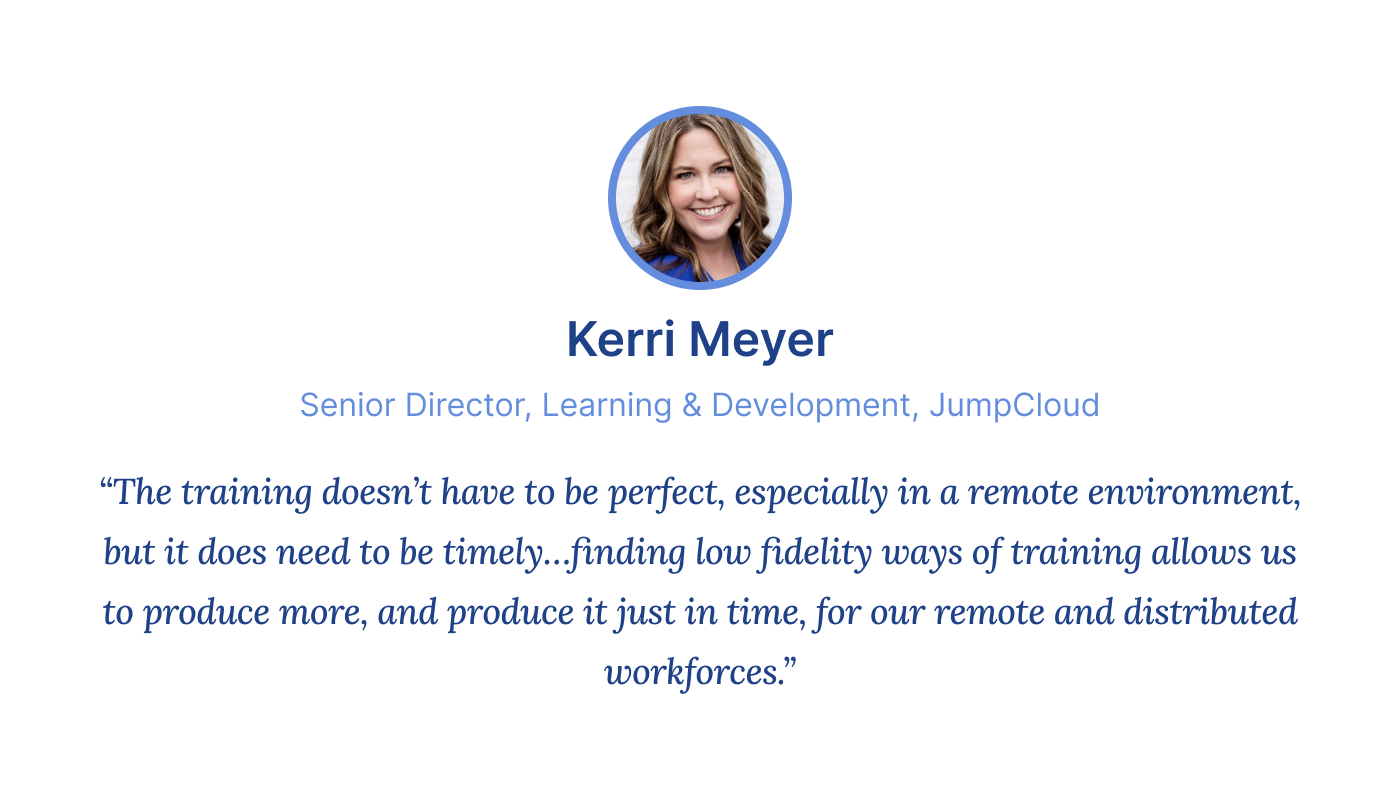The Importance of Infusing Humanity into Direct Sales Training in an Era of AI and Automation
How to Drive Performance Based Training: Insights from L&D Leaders
Performance based training is essential for today’s world of work – providing individuals with the right data-driven business activity at the right time, to really drive their growth and put them on the path to success. In fact, our research uncovered which productivity growth solution is the most effective – the implementation of learning, plus business activities, timing, and social engagement – resulted in +38% productivity. This is in comparison to the implementation of solely learning plus social engagement, which we found resulted in just +6% productivity.
As business leaders, the onus is on us to deliver impactful learning and development opportunities for employees today, for maximum workforce productivity and performance.
We turned to several L&D thought leaders, asking them: the COVID-19 pandemic has accelerated trends in remote work, and has shone a light on the importance of reskilling and upskilling workers. Yet, going forward into 2022, how can we accelerate learning and training for remote and distributed teams, to really drive performance?
Performance based training for remote and distributed teams
For Josh Cardoz, Principal Learning Strategist, Digital Learning at global professional services firm BTS, slowing down and simplifying may be the best approach. Begin by trying to solve a problem, and, from there, training may be a part of the solution. “This might sound counter-intuitive, but I would actually say that we “accelerate” by slowing down and taking the time to listen to our learners – what do they truly need to succeed – and simply give it to them,” he said. “Oftentimes, training is over-engineered or based on presumptions of what sponsors or managers think teams need.”
Training, he pointed out, can even be accelerated by making it more efficient in how it is designed. Perhaps you don’t really need a 30-minute course, for instance, and a one-page document may suffice.
While thinking about how to help organizations move towards a data-driven learning culture, as well as fostering a culture that views learning as a journey rather than a one-off event are both top of mind for him today as a Learning Strategist, one of his key focus areas for 2022 is quality.
“We don’t talk enough about this in L&D,” he stressed. “We’ve got amazing technology that can curate and push all kinds of content, but we don’t actually stop to think about the nature of that content. Is it any good? Is it engaging enough for today’s learner? Is it relevant enough?”

Delivering personalized learning experiences are so critical today – personalized and interactive daily activities, based on the goals of each individual, to engage, delight, and drive productivity and performance. After all, all are unique in their own way, and what may be relevant for one learner may not be relevant for another.
Adapting to a remote-first and virtual environment
Kerri Meyer, JumpCloud’s Senior Director, Learning & Development, pointed out that, in today’s remote environment, many are finding themselves working in virtual teams, which, for many, may be the case for the first time in their career journeys. In this model, both individuals and leaders need to work harder to purposefully and deliberately communicate. “This requires new or refreshed training on intangible skills, such as communicating concisely and with purpose, leading virtual presentations in an engaging way, and documenting process and outcomes,” she said.

At Rallyware, we believe that focusing on how training is delivered is key – ensuring that the right learning is delivered to the right person at the right time through the right channel. Our Performance Enablement platform, for instance, “works” with the employee to automatically discover their personal and career goals, and then delivers the relevant training to help them move forward in their career journey. While lead nurture best practices may be beneficial to a marketing associate or a sales person, they may not be so relevant for a customer support manager, who would benefit from more product-related and simulation-based training.
For Kerri, simplifying training materials, and providing them in a timely fashion, is also critical. “I think the way to expedite this type of training is to focus on creating minimum viable products (MVP),” she said. “For me, it’s been a focus on back to basics: getting content out in slide decks, quick reference guides, documents, email messages, and Slack channels aligned to specific topics.”

Several examples of learning initiatives from Kerri and her team at JumpCloud include a ‘New Leader Onboarding’ program to welcome new leaders, a seven-nine month ‘Emerging Leaders Program’ program complete with mentoring, course work and lectures, 360 degree feedback, and other development activities, as well as ‘Ask Me Anything! Sessions’, centered around a particular role or theme, and designed to “provide participants with an opportunity to get all of their questions answered about career development or something they’ve always wanted to know about a specific topic.”
How can you accelerate learning and performance based training to drive performance for your remote and distributed teams? Schedule your demo of Rallyware’s Performance Enablement Platform to see how we can help deliver a personalized experience, for +32% increased workforce productivity!
News and Insights on Workforce Training & Engagement
We’re among top-notch eLearning and business engagement platforms recognized for effective training and talent development, helping to empower distributed workforces
Subscribe
